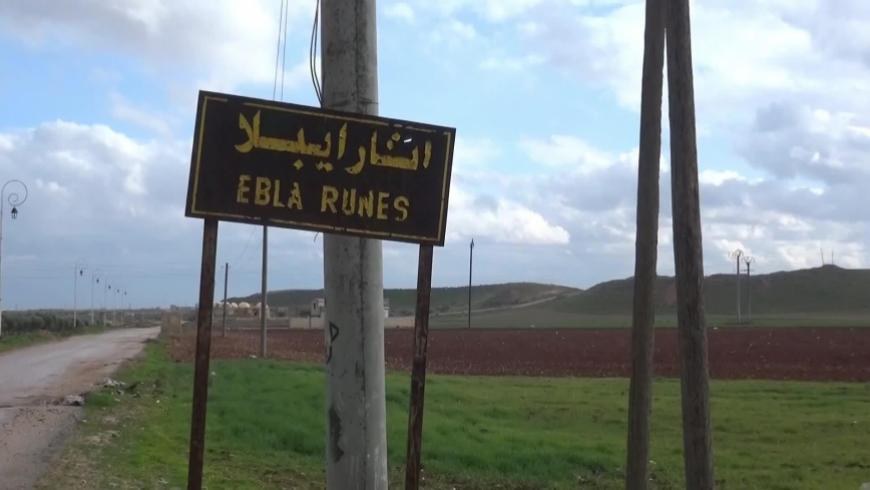An Italian mission has announced its intention to visit the old city of Ebla located in Tal Mardikh near the town of Saraqeb in rural Idleb, which has been controlled by the Assad regime since 2020.
On Monday, the Italian website ilglobo said that a mission from the University of La Sapienza in Rome revealed the readiness of some members of the Italian mission to return to the Ebla excavation site for the first time since 2010.
3 years
An Italian expedition was excavating antiquities in Ebla in 2010. Ebla is known as the legend of the archaeology world – the most important discovery of the second half of the twentieth century. It was discovered by Italian archaeologist Paolo Matai in 1964.
The site noted that it “will take at least three years to re-establish the work sites, along with adequate funding.”
Read Also: Normalization with the Syrian Regime Didn’t Yield any Results
Matai said: we are working continuously to keep attention focused on Syria’s cultural heritage damaged by the war. He appealed to La Sapienza and the Italian Ministry of Foreign Affairs to ensure “all necessary funding allocations”.
According to the website, “the destruction of the city of Ebla happened since 2014 with armed militias taking control of the archaeological park and destroying tunnels, trenches and grain boxes, especially in the lower city of the great ancient urban center that was constructed between 2500 and 1600 BC.” This is without mentioning the systematic bombardment of the city by the Assad regime and Russia.
Great destruction
The 80-year-old archaeologist said: “The good news is that the archaeological park was never bombed.” However, the destruction is significant, which is why the Italian expedition is planning what is known as the “rehabilitation” of the archaeological area.
In a few days, Francis Pinnock and David Nadali, professors at La Sapienza who are leading the expedition with Paolo Matai, will be on-site and will begin studying the materials preserved in the Hama Museum.
The website pointed out that it is a small initial step in the hope that it will then be possible to organize a larger team and reopen the work site, which in the past employed 120 local workers.
This article was translated and edited by The Syrian Observer. The Syrian Observer has not verified the content of this story. Responsibility for the information and views set out in this article lies entirely with the author.


